We have long said that the Colorado Historic Newspapers Collection (CHNC) is truly a statewide collection – not grown by just one institution but by many institutions. Not only does the funding come from a variety of sources but so does the content. Two recent CHNC projects really exemplify these partnerships.
Weld County
CHNC already holds many titles from Weld County. But as anyone familiar with Colorado knows – Weld County is large! It’s the 3rd largest county in the state and was created as one of the 17 original counties of the Territory of Colorado. It’s so large that even with 14 titles representing it, the histories of many of the county’s towns are not available in CHNC. One recent project has aimed to change that by adding 3 new Weld County titles from the towns of Grover and Hereford: Crow Creek News 8/6/1920, The Pawnee Press 4/20/1916 to 8/14/1936; and The Crow Valley News 1/7/1943 to 9/8/1949.
Grover and Hereford are neighboring towns set between the two large parcels of the Pawnee National Grasslands. To the east is the Pawnee Creek, a tributary of the South Platte, and to the west is the Crow Creek. Grover was the site of the earliest established post office along the Burlington Railroad Line. The Grover Depot still stands today in its original location and is the site of the Grover Depot Museum. The town of Grove had 4 newspapers including the Pawnee Press and the Crow Valley News.
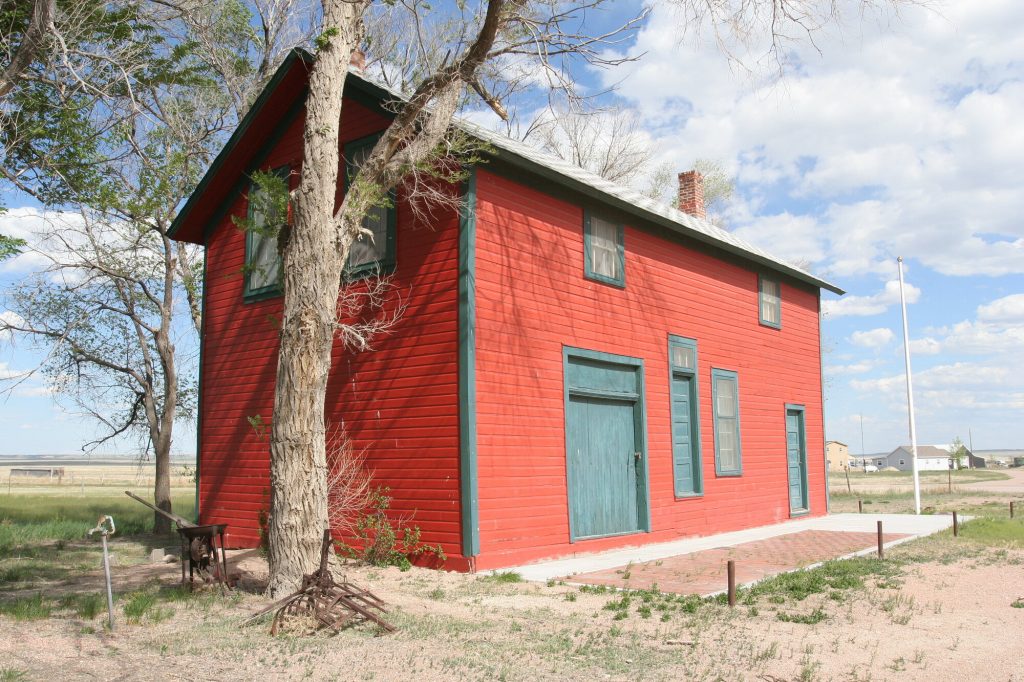
Hereford was named for the cattle that were raised and shipped there. The town had one newspaper, the Crow Creek News, 1919-1920, edited and published by Mrs. C.D. Crouch, a housewife who also wrote poetry and articles for eastern magazines. The building of the town was financed by Chicagoan, Fredrick Findeisen, a successful designer of flush toilets and carburetors. It was believed by some that Frank Lloyd Wright designed the Inn, school and other buildings in town. Grover and Hereford both experienced significant decline during the Dust Bowl era due to the combination of severe drought, dust storms, and the eventual departure of the local railroad.

The titles that are added to CHNC are most often financially supported by institutions (museums, libraries, historical societies, etc.) found throughout the state. But occasionally we are pleasantly surprised with support from CHNC users. That was the case with these titles and a group of friends from Chicago interested in architectural history – specifically the work of Chicago-area architect John Van Bergen. Turns out it wasn’t Frank Llyod Wright, as local lore has told it, but Van Bergen that designed the Inn and school. Van Bergen worked in Wright’s Oak Park, IL studio and was a prolific architect in his own right designing over 200 homes in the Chicago area. Van Bergen was commissioned by Findeisen to design an entire community on the prairie and in doing so designed the Hereford School, a community house, the Hereford Inn and possibly several other buildings that unfortunately no longer exist. It is because of this deep appreciation for architectural history that these titles are now available online for everyone to enjoy.
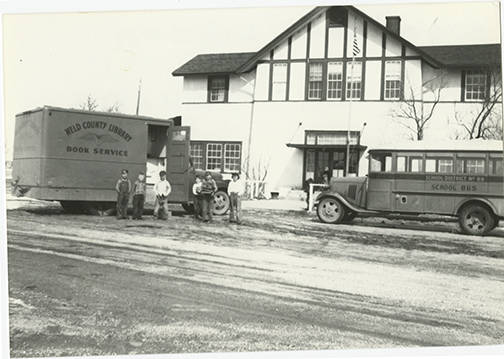
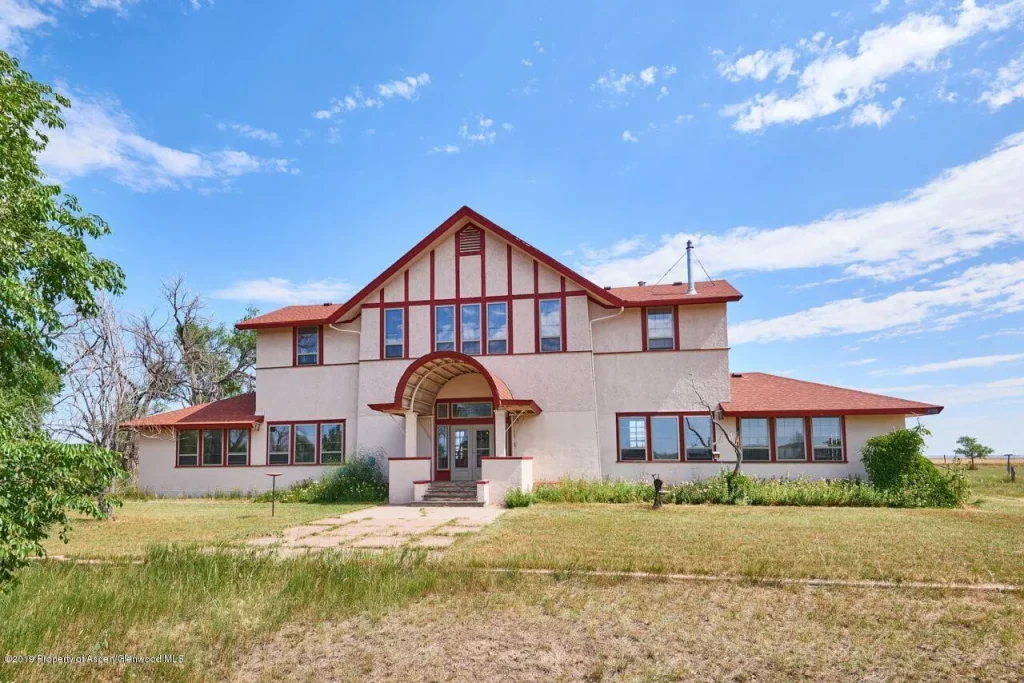

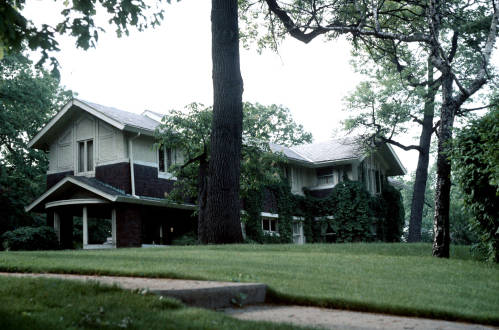
Pitkin County
“Why do you have so much content from Aspen?” I’ve been asked that a number of times. The answer is: Because it’s Aspen! As I mentioned, the content that is added to CHNC is funded by our partners. Pitkin County really loves their history and their newspapers. They have supported CHNC projects for many years. There have also been many newspapers published in Pitkin County. More importantly those papers were preserved in some way either on microfilm or in original format.
CHNC can work with content found on microfilm, originals found in historic collections or found during home renovations (true story!) and content that already exists as a digital file. Many Colorado newspapers have been preserved on microfilm by History Colorado (HC). HC allows other institutions to digitize their newspaper microfilm if a CHNC project calls for it. There are sometimes gaps in their collection. But thankfully, what has become more apparent during the last few years is that there are still many many original newspapers that have been saved, sometimes deep within the stacks of historic collections.
This was the case with the most recent CHNC project, the Aspen Illustrated News, 12/18/1964 to 2/11/1970, from the Aspen Historical Society (AHS). Launched as an alternative to The Aspen Times, the Aspen Illustrated News was published weekly from December 18, 1964 through February 1970. The newspaper was owned and published by Harold Pabst of the Pabst Blue Ribbon family. Pabst studied agriculture at both the University of Wisconsin and the University of Arizona. He moved to Colorado after WWII and after a short stay in Denver, purchased his first ranch near Carbondale where he raised cattle and sheep. He went onto own several ranches where he focused on raising registered Hereford cattle and selling yearling bulls as breeding stock. Pabst served as Mayor of Aspen in the early 1960’s. As a staunch conservationist, he opposed a proposal to host the Winter Olympics in Colorado as he felt it would damage the environment and become a burden on the state’s economy. In the inaugural issue of the Illustrated News he wrote:
“a newspaper is more than a dispenser of news items. It is a forum for the discussion of public issues. The editor, within the confines of the editorial page, expresses his opinions. The public has a right to reply in the letters to the editor column. Like any right, the right of the editor to express his opinions also carries with it certain responsibilities. Since his editorials will usually deal with subjects requiring civic action, it’s his responsibility to try to reconcile conflicting points of view by sound reporting and sound reasoning. Even in critical editorials, there is a responsibility to inform and not to inflame needlessly.”
The Illustrated News was a photograph heavy newspaper and thus offers a window into the growth, everyday life and changed landscape of Aspen and the Roaring Fork Valley. The Aspen Illustrated News Collection was donated to AHS by the Pabst family and includes original issues of the paper as well as more than 5,500 images taken by various staff photographers, including prolific photographer David Hiser. It was these original newspaper issues, along with some microfilm from HC, that were used for this CHNC project. When the condition of the existing microfilm was less than ideal, the originals were used instead in order to present the best possible version to CHNC users.
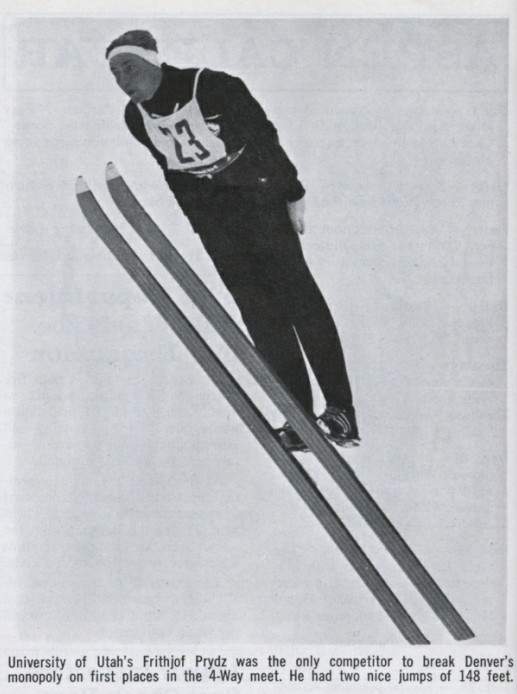
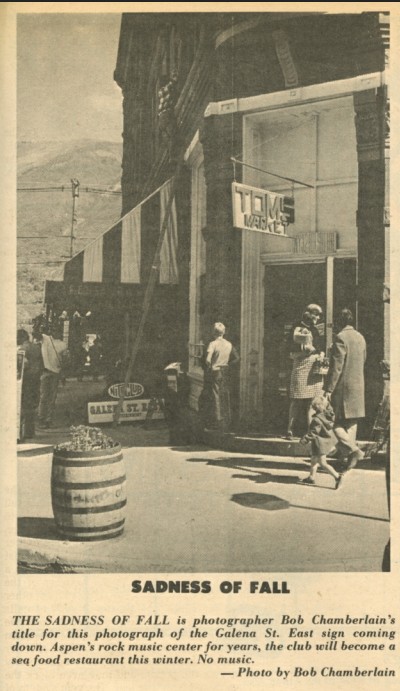
We hope you enjoy these new additions to CHNC. CHNC really takes a village! If you have questions about CHNC please don’t hesitate to contact me Leigh Jeremias, Jeremias_L@cde.state.co.us. Happy Searching!
- Touring US Collections: Free Access to History - July 30, 2025
- It Takes a Village: New News for Weld and Pitkin Counties - June 26, 2025
- Socialism and a Denver Suburb: New Additions to CHNC - June 6, 2025